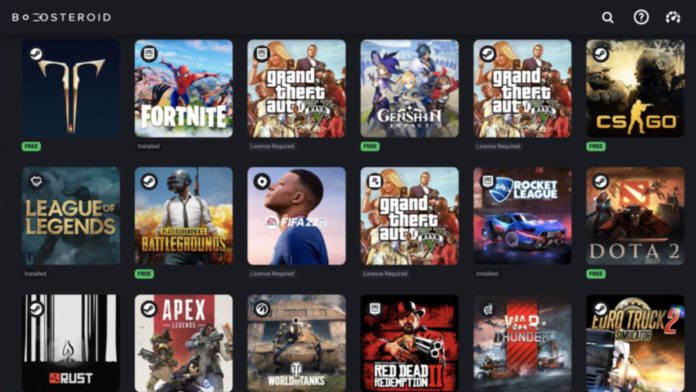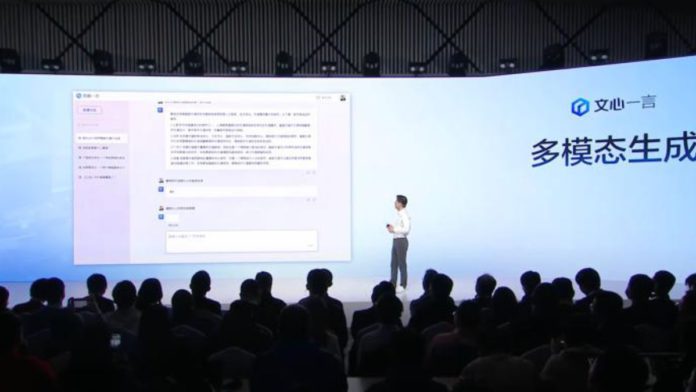Since Covid-19, the rate of cyberattacks and cybercrime has increased by a staggering 600%. Alarming, to say the very least. As cyber-attacks become increasingly frequent and relentless, staying ahead of the game is essential.
Our digital lives are constantly under attack from criminals who use increasingly sophisticated techniques to breach networks, steal data and wreak havoc on systems. With each passing year, the stakes increase, and the need for vigilant protection grows.
From hands-on workshops to immersive IT courses in Abu Dhabi, there are plenty of options available to help you become an expert in the field and stay ahead of the curve. In this blog post, we’ll look at ten cyber-attacks you should be aware of in 2023 and how to protect yourself from them.
Read on to know what awaits in the cybercrime world.
10 Types of Cyber Attacks You Should Be Aware of In 2023
We live in a world of ever-expanding digital footprints. With malicious hackers and cyber criminals lurking in every corner of the internet, it’s vital to be aware of the ten types of attacks that may come your way in 2023.
Let’s get started.
- Phishing
Phishing is a social engineering attack that aims to steal sensitive information, such as login credentials and financial data, by disguising itself as a legitimate entity. These attacks can come from emails, text messages, and even phone calls.
To protect yourself from phishing, be wary of unsolicited messages and never click on links or provide personal information unless you are confident of the sender’s identity.
- Ransomware
Ransomware works by locking users out of their systems, preventing access to files, and demanding payment to release the locked data. Once ransomware has been installed on a system, removing and recovering from an attack can be extremely difficult and costly. Those who fall victim to ransomware attacks often have no choice but to pay up to regain control over their data.
To protect yourself from ransomware, ensure that your data is regularly backed up and that your software is up-to-date.
- Distributed Denial Of Service (DDoS)
DDoS is a powerful and disruptive form of cyber-attack that malicious actors have used since the early days of the internet. A successful DDoS attack can overwhelm a network or website with requests, resulting in disruption or complete shutdown.
To prevent DDoS attacks, have suitable firewalls and regularly update your software to patch any security vulnerabilities. Additionally, a content delivery network can provide an extra layer of protection as it limits the amount of malicious traffic that can reach your site.
- Advanced Persistent Threats (APTs)
APTs are targeted attacks designed to gain access to a specific organization’s networks and steal sensitive information over an extended period. APTs are notoriously tricky to detect and defend against.
To protect yourself from APTs, ensure that your network is segmented and that access is restricted to only those who need it.
- Malware
Malware is a catch-all term to describe any malicious software that can cause harm to a computer or network. Cybercriminals use malware to cause destruction and steal sensitive data. It can come from viruses, worms, trojans, ransomware, spyware, adware, and more.
To protect yourself from malware, ensure that your software is up-to-date and that you use a reputable antivirus program.
- SQL Injection
It works when malicious code is injected into existing Structured Query Language (SQL) database queries to gain access to sensitive information like passwords, user profiles, financial data, or even the entire database itself.
By exploiting weaknesses in poor database architecture design and coding techniques, attackers can interfere with legitimate query results by injecting their own malicious SQL statements into the existing queries.
To protect yourself from SQL injection, ensure that your website is coded securely and your database configured correctly.
- Man-In-The-Middle (Mitm) Attacks
MitM attacks occur when an attacker intercepts communication between two parties and can steal sensitive information such as login credentials and financial information.
To protect yourself from MitM attacks, use a virtual private network (VPN) and avoid public Wi-Fi networks.
- Password Attacks
Password attacks are any attempt to gain unauthorized access to a system by guessing or cracking a password. This can include brute-force attacks, dictionary attacks, and more.
To protect yourself from password attacks, use strong and unique passwords, and enable two-factor authentication whenever possible.
- Insider Threats
Insider threats refer to cyber-attacks from within an organization, often from current or former employees. These threats can be particularly dangerous as the attacker already knows the organization’s systems and defenses.
To protect yourself from insider threats, implement strict access controls and monitor network activity for unusual behavior.
- Cross-Site Scripting (XSS)
XSS is an attack involving injecting malicious code into a website, typically through a vulnerable input field. This can allow the attacker to steal sensitive information or take control of the affected website.
To protect yourself against XSS attacks, always keep your browser up-to-date and install security patches for any plugins. Additionally, use strong passwords and enable two-factor authentication wherever possible. Lastly, don’t click on unknown links from emails or websites, as they may be malicious.
Conclusion
As the digital world continues to grow and evolve, so too do the types of cyber-attacks that threaten our online security. With that in mind, staying up-to-date on the latest threats with the help of cyber security training is crucial.
The ten types of cyber-attacks we’ve listed here are just some of the ones you should be aware of in 2023. Keep these in mind as you surf the web and take steps to secure your online presence.











